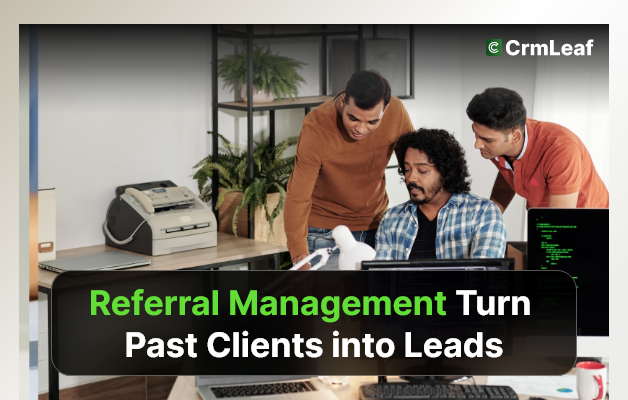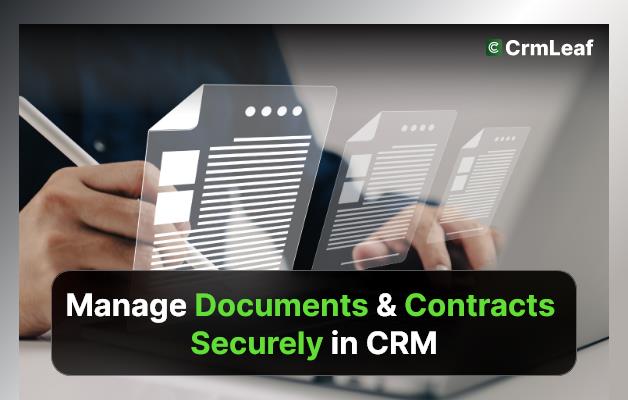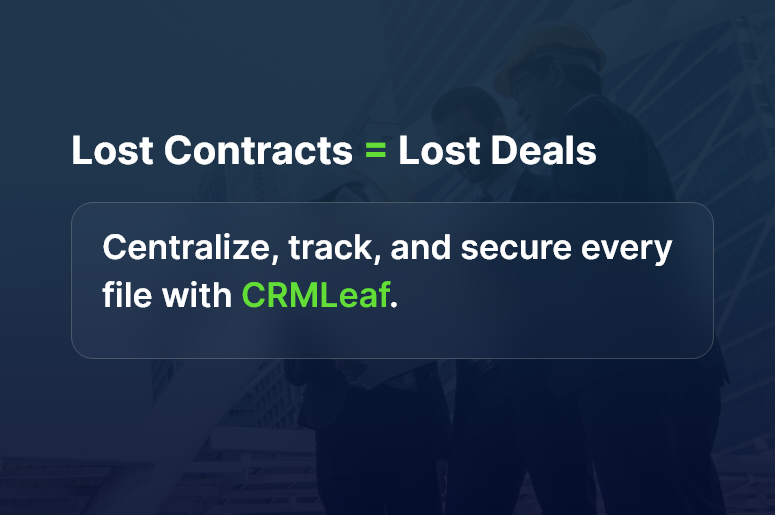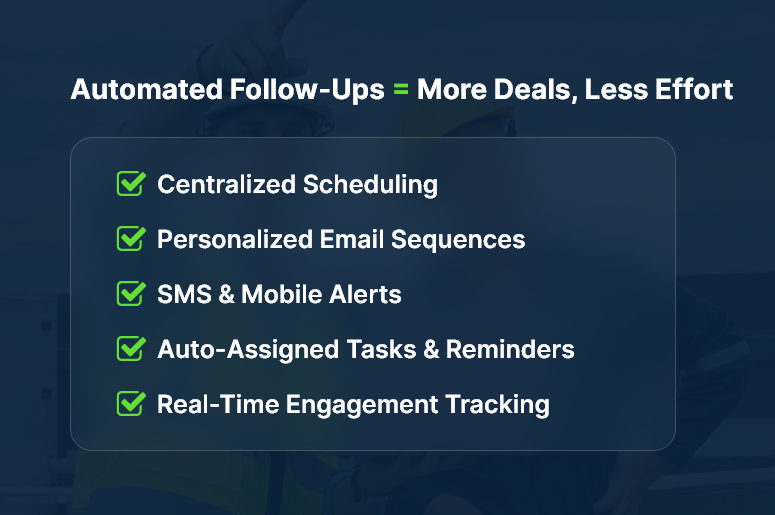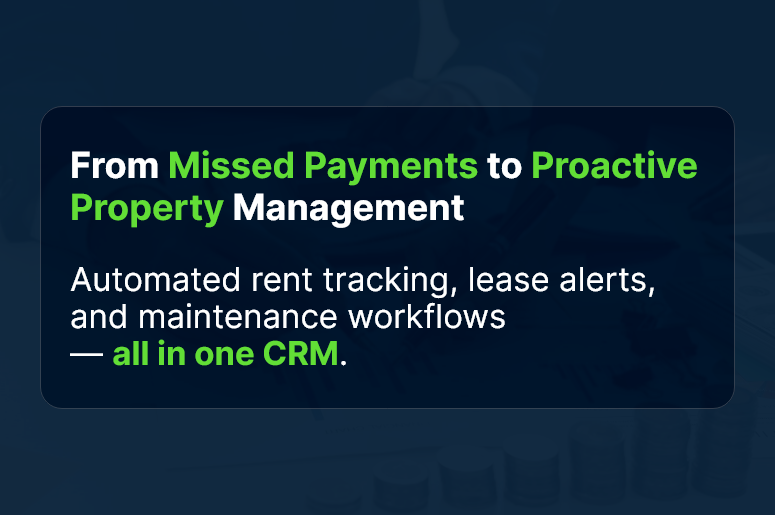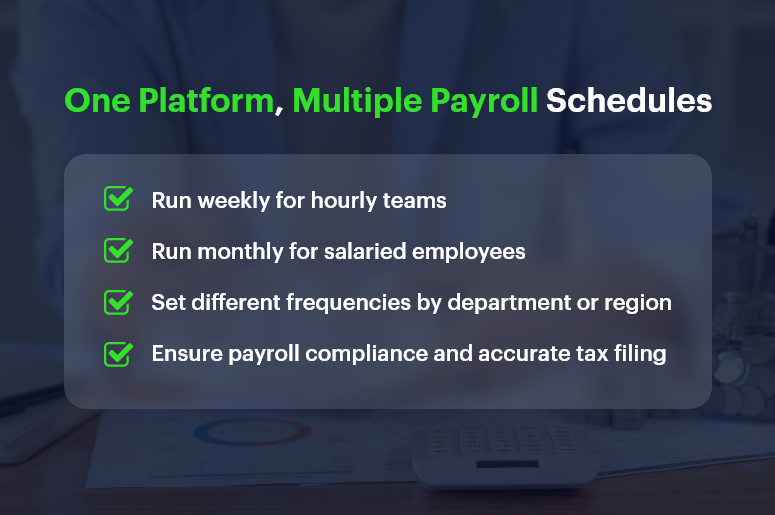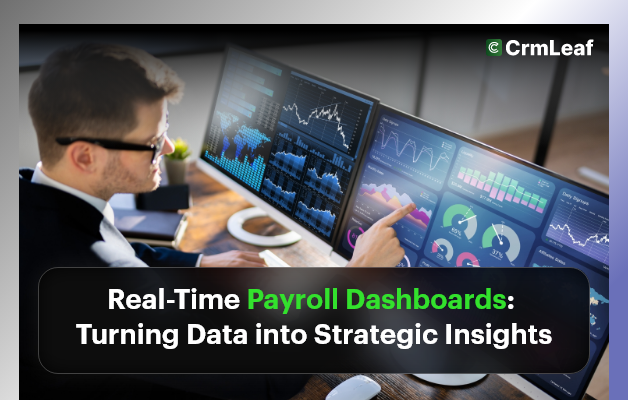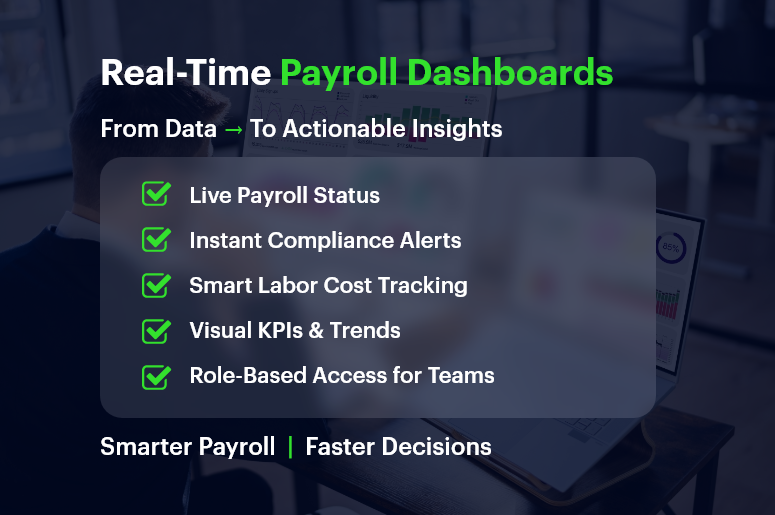Did you know that referrals convert 30% better than leads from other sources and have a 16% higher lifetime value? And yet, many businesses leave this goldmine untapped. If you’re not proactively managing your referrals, you’re missing out on one of the most cost-effective ways to grow your pipeline. In this guide, we’ll show you how to automate, track, and optimize your referral management using a smart CRM + ERP platform like CRMLeaf.
Whether you’re in real estate, consulting, retail, or construction, mastering referral automation will help you turn past clients into your most reliable source of new business.
Let’s dive in.
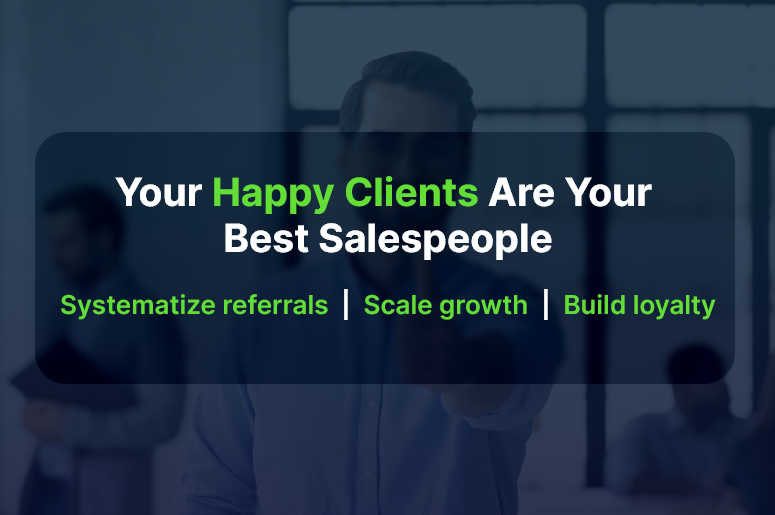
Why Referral Management Matters for Growing Businesses
Referrals aren’t just warm leads. They’re trust-backed introductions that close faster, require less convincing, and often yield more loyal customers.
So, why is referral management essential?
- Your past clients are your best salespeople: When satisfied customers share their experience, their credibility speaks louder than any ad.
- Referrals reduce acquisition costs: You save on paid campaigns by generating leads through word-of-mouth.
- Referral tracking boosts consistency: A defined system ensures you don’t miss opportunities or forget to follow up.
Let’s say you’re a home renovation company. Every time you wrap up a project, there’s a chance that homeowner knows someone else looking for a similar service. Without a process, these moments slip through the cracks.
Or take a financial advisor. If you help someone improve their portfolio, why not ask if they know anyone else looking for expert financial advice?
With CRMLeaf’s referral tracking features, these warm introductions don’t get lost in spreadsheets or inboxes. You build a repeatable system for growth.
Best Practices for Winning at Referral Management
Here’s how you can implement a robust referral marketing strategy and keep your pipeline full:
1. Build a Client Referral Program That Rewards Loyalty
- Offer valuable incentives for referrals: Whether it’s a discount, gift card, or exclusive service, give past clients a reason to refer.
- Create a branded experience: Use customized referral links or branded email templates to make it easy and consistent.
2. Automate Referral Requests Using CRMLeaf
- Trigger emails post-purchase or after project delivery: The best time to ask is when your client is happiest.
- Use CRM automation for referrals: Schedule recurring follow-ups or reminders after certain milestones.
3. Track Referrals Like a Sales Funnel
- Use referral tracking software inside CRMLeaf: Monitor where referrals are coming from, their status, and conversion rates.
- Tie referrals to specific contacts: Keep full visibility on who referred whom, and reward accordingly.
4. Follow Up on Referrals Like You Would a Warm Lead
- Don’t let leads go cold: Use automated reminders to follow up with referred leads within 24-48 hours.
- Personalize the outreach: Mention the referrer’s name to build immediate trust.
5. Analyze What Works and Double Down
- Review referral conversion data monthly: Learn what types of clients refer the best leads.
- Optimize messaging and timing: A/B test referral request messages to improve your results.
Customer Success Story
For example, GreenBuild Designs, a commercial construction firm, used CRMLeaf’s referral follow-up system to close 40% more projects in Q2. Here’s how:
They automated referral requests right after a project handover. When clients clicked a link in their follow-up email, they were taken to a branded referral form that integrated directly with CRMLeaf. The team then followed up on every warm lead within 48 hours.
Within 3 months, GreenBuild had 20 new qualified leads — all from happy past customers.
Key Takeaways
Referral management doesn’t have to be complicated. But it does need to be consistent and automated.
- Clients want to refer — but you have to make it easy. When you simplify the referral process and reward good behavior, your clients will happily spread the word.
- Referrals close faster and cost less. You already have rapport through your existing relationship.
- CRMLeaf helps you scale referrals like a pro. With built-in referral tracking, automation tools, and integrated CRM + ERP features, you won’t let any lead slip through the cracks.
Instead of chasing cold leads, turn your best customers into lead generators. With CRMLeaf, it’s easy.
